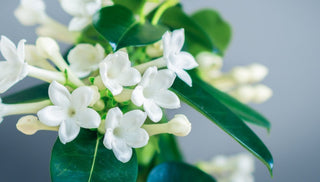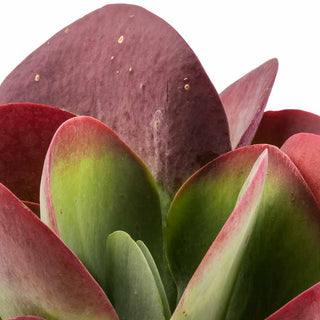☘ Origin: The Bromeliads entered recorded history some 500 years ago when Columbus introduced the pineapple to Spain upon return from his second voyage to the New World in 1493. On that voyage he found it being cultivated by the Carib Indians in the West Indies
☘ Family: Bromeliaceae
☘ Botanical Name: Ananas comosus
☘ Common Name: Ananas
Symbolism: Pineapple plant symbolizes a cheerful welcome and a warm reception, That's why you often see the plant over gateways, in a living or sculpted form.
🍃 Shop Your Pineapple Today!
🔆 Light
Pineapple Bromeliads are tropical plants that thrive in warm, humid environments with bright light. Display your Pineapple Bromeliad in a bright sunny window with at least 6 hours of light per day.
Give your plant a turn every few days to expose all sides to light for even growth from all sides.
💧 Water
Water when the soil is approximately 75% dried out. To give your plant the absolute best, room-temperature rainwater and bottled spring water are your best options. Any water containing sugar or salt will hurt your plant!
☁️ Humidity
Pineapples appreciates a humid environment. Homes can become extremely dry in winter; use a cool-mist room humidifier, or mist often using filtered-water few times a week for best results.
🌡️ Temperature
Prefers temperatures between (15-27°C).
🧴️ Food
Bromeliads are similar to air plants in that they take in nutrients through their foliage. Use a foliar fertilizer spray on your Pineapple one to two times a month during spring and summer. You can use a foliar spray made for Orchids or Air plants.
🐾 Toxicity
Not toxic to pets.
Pineapples are ripe and ready to pick off the plant when the entire outer skin develops into a yellow color and the flesh is an orange-yellow color. It’s best to allow the fruit to fully ripen on the plant because once picked, it will not ripen any further. Though the fruit of your Bromeliad Pineapple is edible, please note that it is not organically grown.



